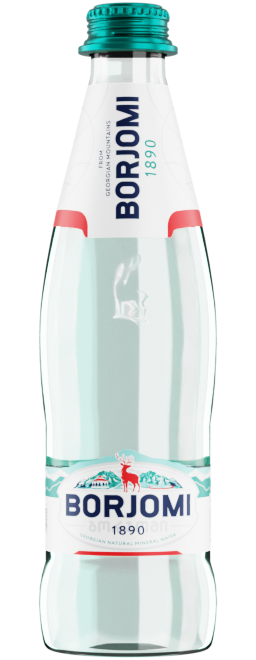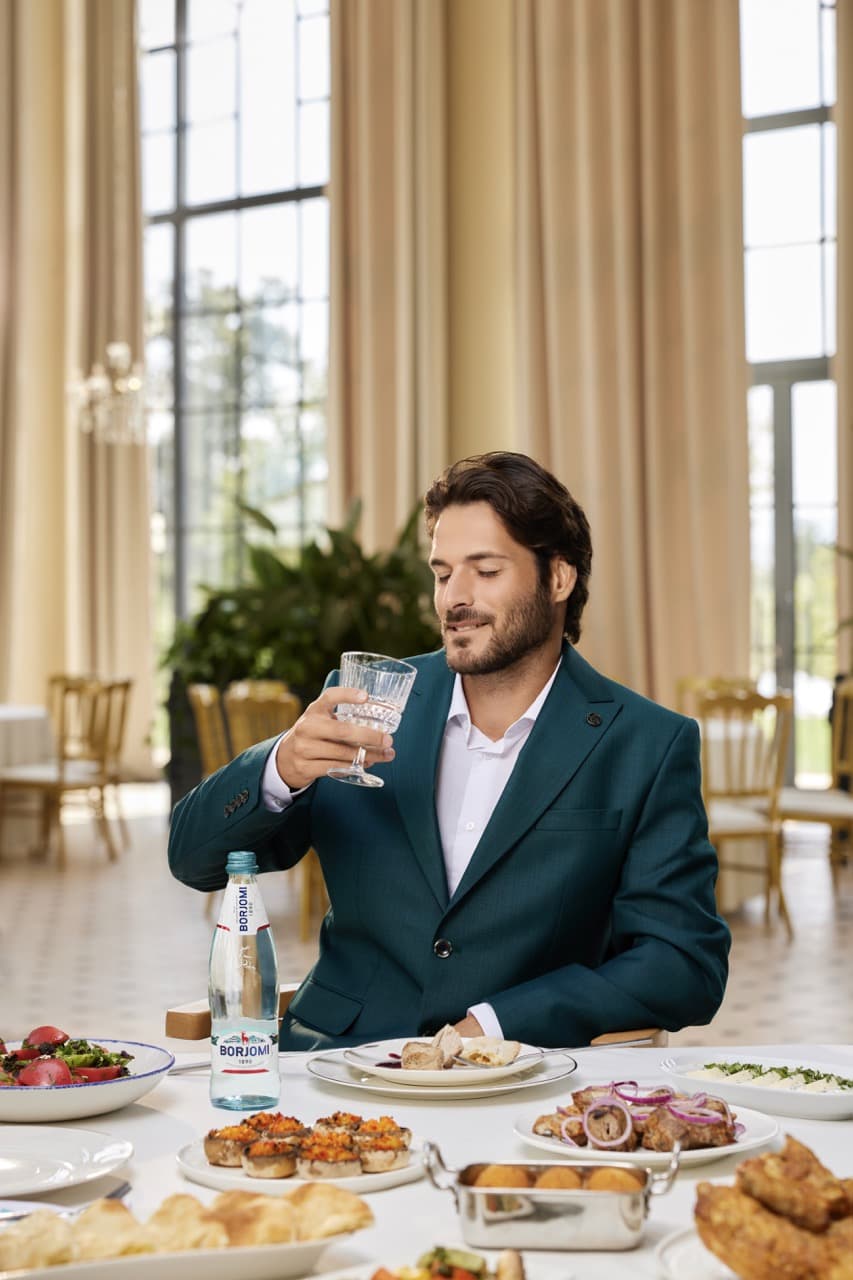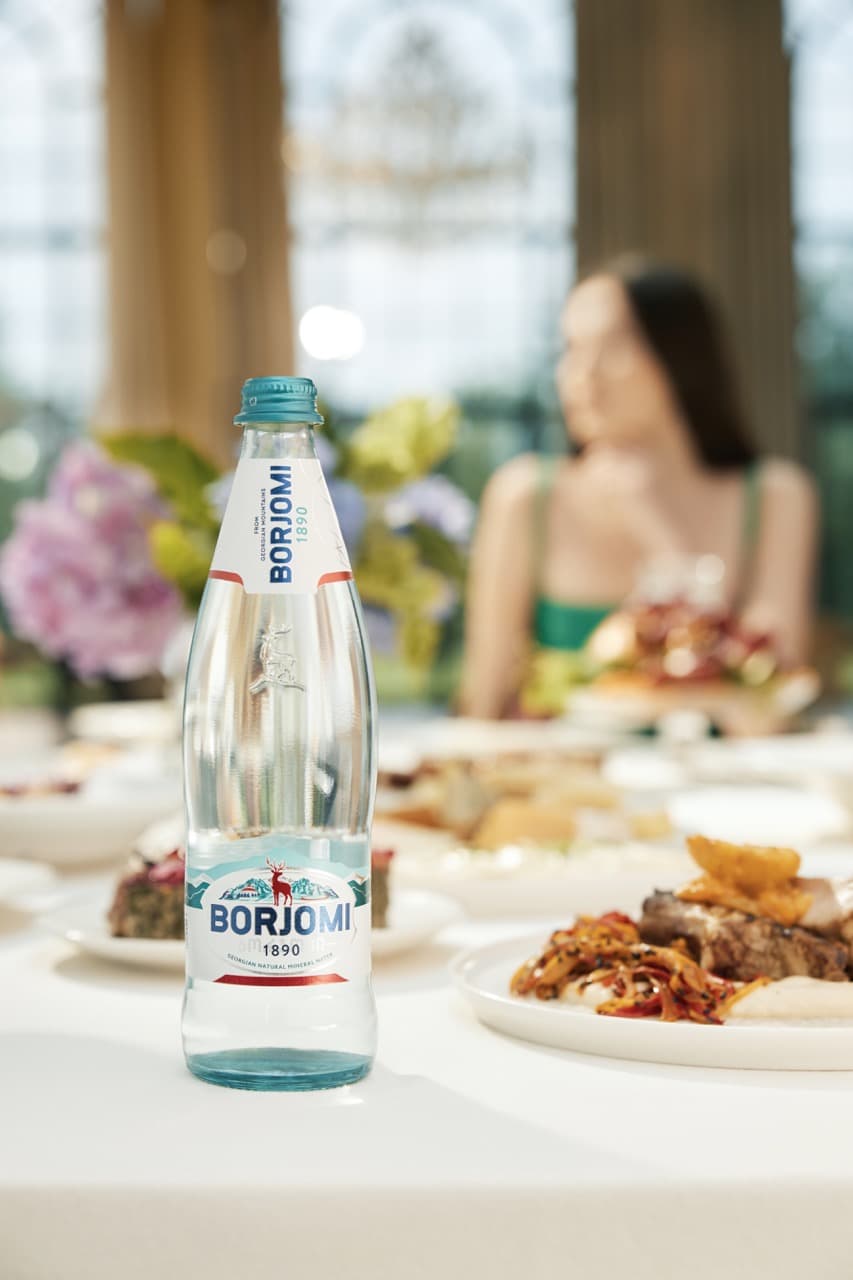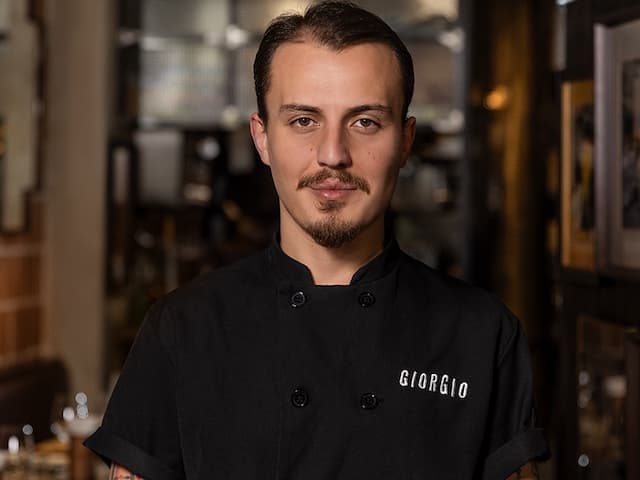
Chef
Luka Nachkebia
Everything around us works through the laws of physics and chemistry and if you ask me - culinary is a science. I am a scientist, a food technologist and I try to create art work in the form of delicious food using organic chemistry, biochemistry and physics.Though, apart from science culinary involves a good deal of emotions. I try to evoke emotions, curiosity and revive memories stored deeply in our minds. That's what I share with my students at the Agrarian University Culinary Academy.

Fasting beans with tomato
Georgians love beans and Mexicans love beans; Georgians love it spicy and Mexicans love it spicy. We also both love a good amount of salt. In short, Mexican meals are close to the Georgian taste. We, Georgians went so far that have come up with the Mexican dish (Mexican potatoes). Let me tell you that the Mexican potatoes that are sold in Tbilisi are not Mexican at all, but let’s leave this for the later. Mexicans have a sort of a bean fetish and use them basically in everything. Knowing about metabolism effects of beans, I rightfully think that Mexicans have the toughest guts in the world. I’ve learnt this dish from my Mexican friend, then twisted it a little to fit to the Georgian products and received quite a good one in the end.

Baked tomatoes cream soup


Mineral water Borjomi



see more
Georgian Gastronomical Adventure











































































